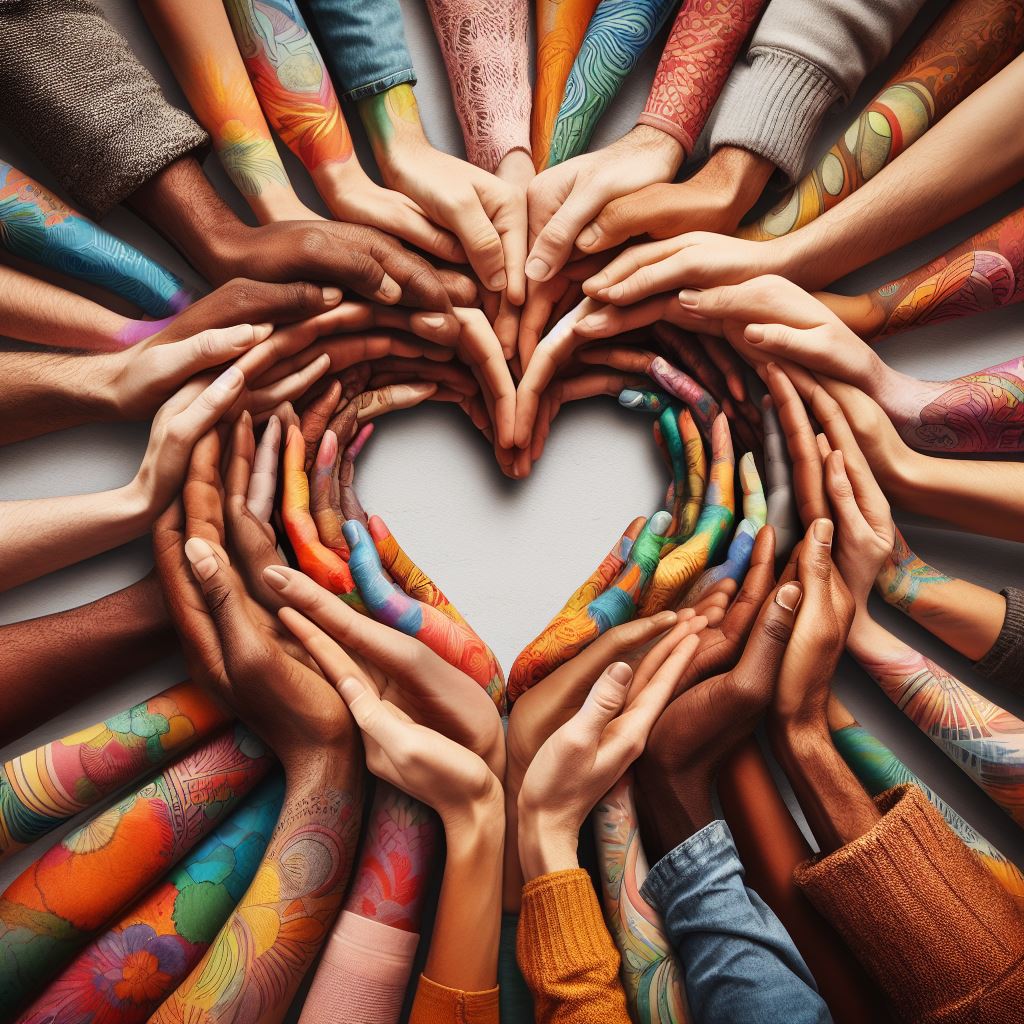Ingroup and Outgroup: Unraveling the Fabric of Social Identity
The concepts of “ingroup” and “outgroup” are critical in understanding the social scaffolding that underpins human interactions and societal structures. These notions are not just academic terms used in psychology or sociology; they are integral to comprehending and navigating the complex web of relationships and social dynamics we encounter daily.
Understanding Ingroups and Outgroups
- Ingroup: A group to which an individual feels a sense of belonging. This group is often characterized by perceived similarities, shared interests, or common beliefs.
- Outgroup: A group with which an individual does not identify. Members are often viewed as different and sometimes oppositional to the values or traits of the ingroup.

Causes and Reasons for Ingroup and Outgroup Phenomena
- Evolutionary Basis: Evolutionarily speaking, forming groups was essential for survival. Our ancestors relied on groups for food gathering, protection, and social support. This evolutionary history predisposes humans to categorize others quickly into ‘us’ (ingroup) and ‘them’ (outgroup)(Sherif, 1966).
- Social Identity Theory: Developed by Henri Tajfel and John Turner in the 1970s, this theory suggests that part of an individual’s self-concept comes from the groups they belong to. Identifying with a group can lead to a strong ingroup bias, where we favor those who are like us (Tajfel & Turner, 1979).
- Fear of the Unknown: People are generally more comfortable with what is familiar. The unknown or unfamiliar, often represented by outgroup members, can instill a sense of unease or fear, leading to biases.
- Competition for Resources: Real or perceived competition for resources can exacerbate ingroup-outgroup tensions. This can range from job opportunities to social status.
- Cultural and Social Influences: Cultural narratives and societal structures can reinforce the division between ingroups and outgroups. Media portrayals, stereotypes, and historical conflicts play significant roles in shaping these dynamics.
Mitigating Ingroup-Outgroup Bias
- Encouraging Diversity and Inclusion: Creating environments that value diversity and promote inclusion can help mitigate biases (Allport, 1954).
- Inter-Group Dialogue: Facilitating conversations between groups can break down barriers, fostering empathy and reducing prejudices.
- Role of Leadership: Leaders play a crucial role in setting the tone for inclusivity. Leaders who openly advocate for diversity and challenge biases can significantly influence group norms.
- Educational Interventions: Implementing curricula focused on cultural competence and the value of diversity can shape young minds to be more accepting and less biased.
- Policy Measures: Enforcing policies and laws that discourage discrimination and promote equal opportunities for all groups are essential (Civil Rights Act, 1964).
- Media Representation: Balanced and fair representation of different groups in media can help break down stereotypes.
- Mindfulness and Self-Reflection: Encouraging individuals to be mindful of their biases and to reflect on their attitudes towards different groups can foster personal growth and reduce prejudices.
Implications of Ingroup and Outgroup Dynamics
- Psychological Effects: Ingroup bias can boost self-esteem and provide a sense of belonging, whereas being part of an outgroup, or experiencing discrimination, can lead to negative psychological outcomes like stress or decreased self-esteem (Tajfel & Turner, 1979).
- Social Division and Polarization: Strong ingroup identification can lead to societal divisions and polarization, evident in political affiliations, religious groups, or sports team loyalties (Brewer, 1999).
- Workplace Implications: In organizations, ingroup-outgroup dynamics can affect teamwork, cooperation, and career advancements, possibly resulting in unfair hiring practices or promotion decisions.
- Educational Settings: In schools, these dynamics can lead to cliques, bullying, or social exclusion, affecting students’ academic performance and mental health (Gaertner & Dovidio, 2000).
- Health and Well-being: Discrimination and prejudice associated with outgroup status can have significant health implications, including chronic stress and its consequent health issues (Pascoe & Smart Richman, 2009).
Conclusion

The concepts of ingroups and outgroups are deeply woven into the fabric of our social interactions. Understanding these dynamics is crucial for fostering a society that values diversity and promotes unity. By acknowledging our biases and actively working towards inclusivity, we can mitigate the adverse effects of these phenomena and build a more cohesive community.
References
- Sherif, M. (1966). “Group conflict and cooperation: Their social psychology”. Routledge.
- Tajfel, H., & Turner, J. C. (1979). “An integrative theory of intergroup conflict”. In W. G. Austin & S. Worchel (Eds.), The social psychology of intergroup relations.
- Brewer, M. B. (1999). “The psychology of prejudice: Ingroup love and outgroup hate?”. Journal of Social Issues, 55(3), 429-444.
- Gaertner, S. L., & Dovidio, J. F. (2000). “Reducing intergroup bias: The common ingroup identity model”. Psychology Press.
- Allport, G. W. (1954). “The nature of prejudice”. Addison-Wesley.
- Pascoe, E. A., & Smart Richman, L. (2009). “Perceived discrimination and health: A meta-analytic review”. Psychological Bulletin, 135(4), 531.
- Civil Rights Act of 1964, Pub. L. No. 88-352, 78 Stat. 241.




0 Comments